THERE are many ways to measure the success or otherwise of a racehorse trainer, and all have their limitations, with sheer size of operation a key in terms of earning power.
Not all trainers have the capacity to send out 200 individual horses in a season, as Dan Skelton and Fergal O’Brien did in the latest jumps season, and those trainers able to train such numbers are not harshly judged on their strike-rates – when you play the numbers game, you don’t always find diamonds.
Of the medium-sized stables, one of the most reliable indicators after overall strike-rate is the percentage of individual winners, and of the top 50 trainers in the country based on win prize money earned, none can beat Kerry Lee, who saddled just 24 individual horses in the 2022/’23 season, with 15 of those horses winning 21 races between them.
That 63% winners to runners ratio compares favourably with top stables such as Paul Nicholls (55%), Nicky Henderson (44%), and Jonjo O’Neill (31%) although choosing to train a select string clearly brings an element of selection bias into the equation, and the numbers that Paul Nicholls produces year in, year out are undeniably impressive, and must be acknowledged as such.
There are other impressive statistics about Lee’s stable at The Bell House in Byton, near Presteigne on the Welsh borders; 60% of her runners finished in the first four, proving that her 21% win strike-rate is statistically robust, while she’s not simply picking up weak races.
In her short career to date, Kerry Lee has bagged some big handicaps, including the Welsh Grand National, Warwick’s Classic Chase, the Paddy Power Gold Cup, Swinton Hurdle and Welsh Champion Hurdle. On top of that she has won numerous pattern contests over fences, including the Game Spirit Chase and the Ryanair Gold Cup.
Impressive efforts
Like many ambitious trainers, Lee increased the size of her string on the back of her impressive early efforts, but found that quantity wasn’t the answer, and a rare poor season in 2018/’19 when only four of the yard’s 38 individual runners were successful saw a return to the old model of quality and individual care being prioritised at the cost of scale.
The numbers have improved year on year since then, and the impressive win of Nemean Lion in the Welsh Champion Hurdle last weekend made it five wins from just nine runs for the stable in the new season.
After that win, Kerry gave an indication as to why her results are so impressive, nominating the Greatwood Hurdle at Cheltenham’s Paddy Power meeting as the gelding’s next assignment, but making it clear that she will not run Will Roseff’s star on anything quicker than good to soft ground.
Roseff has been a most loyal owner, and the betting industry veteran has seen his yellow and purple colours carried to big-race glory by the likes of Happy Diva and Storm Control before his latest project stamped himself the best hurdler to sport those silks with victory in the Grade 2 Premier Novices’ Hurdle at Kelso.
Splash the cash
Roseff, as a director and significant shareholder of Bet365 has money to spend on good horses, but while he was happy to pay £130,000 for Storm Control and €95,000 for Happy Diva, he’s not encouraged to splash the cash for the sake of it by Kerry and father Richard, who remains in an advisory capacity at The Bell House Stables.
Nemean Lion cost just £18,000 from Andre Fabre despite finishing second in the Group 2 Prix Chaudenay at ParisLongchamp. The son of Arc winner Golden Horn is out of a useful half-sister to Irish Oaks winner Magical Lagoon and King George hero Novellist, and while a lengthy absence no doubt contributed to his sales price in 2022, he is looking an exceptional bargain now.
In many ways the future success of The Bell House Stables is closely tied to Roseff, with about a third of the horses in training in his ownership, and all but one of the horses who have raced in his colours in the last five seasons have been successful, which can only augur well for the future, with both owner and trainer doubtless keen to concentrate on finding candidates for the better class of races.
Big Festivals
That doesn’t mean finding horses who can turn up at Cheltenham and Aintree. “Turning up” isn’t in the Lee lexicon, and Kerry was happy to leave the big festivals alone as a rule, sending nothing to Cheltenham in March, and running only De Machine (Topham) at Aintree. Placing her horses to maximum effect is the policy and Black Poppy’s win in the Swinton Hurdle is testament to that.
The gelding’s win in the Swinton earned connections exactly the same prize money as County Hurdle winner Faivoir, but in a race which was eminently more winnable – indeed, Black Poppy would not have made the cut in the County Hurdle, and remains at the bottom of the handicap for the big sponsored hurdles this year. That will help increase his longevity, another stated aim for his astute trainer, whose runners must be followed.

Sam Thomas after winning the Coral Welsh Grand National Handicap Chase \ Healy Racing
Chepstow provokes ante-post ruminations
ANOTHER trainer who made a splash last weekend was Sam Thomas, and a double at Chepstow courtesy of Al Dancer and Stolen Silver shows that he will once again be a trainer to note on the big weekends, his laser focus on valuable handicaps noted here in the past.
Al Dancer won the Grand Sefton last year and Stolen Silver started favourite for the Paddy Power Gold Cup, and the pair seemed earmarked for repeat bids after their Chepstow exertions.
Both will be popular with ante-post punters but a rise in the weights means they will be 10lb and 7lb higher respectively than they were for the same races last season, and that makes them less attractive from a betting perspective, with neither exactly hiding anything from the assessor, and harshly dealt with for races weakened by non-runners.
If Al Dancer lines up for the Grand Sefton in three weeks’ time, he’s likely to run into 2022 runner-up Gesskille, whom he beat by the narrowest of margins.
Old rival
Gesskille is three years younger that Al Dancer and can meet his old rival on 5lb better terms having also finished an excellent second in the Becher Chase in December.
Gesskille was down the field on quicker ground in the Topham on his last UK chase run, but he has since bounced back to his very best to land a listed chase at Auteuil last month in first-time blinkers.
The headgear seemed to help him there, as he jumped very well in the lead, and battled back gamely when tackled on the run-in to score in a photo.
Very few of the likely runners in the Grand Sefton have had a run so far this season, and the two horses mentioned will certainly be advantaged by proven fitness.
Of the pair, however, Gesskille is the one open to improvement, and with the blinkers likely to be retained, appears to hold outstanding claims in the Aintree contest.
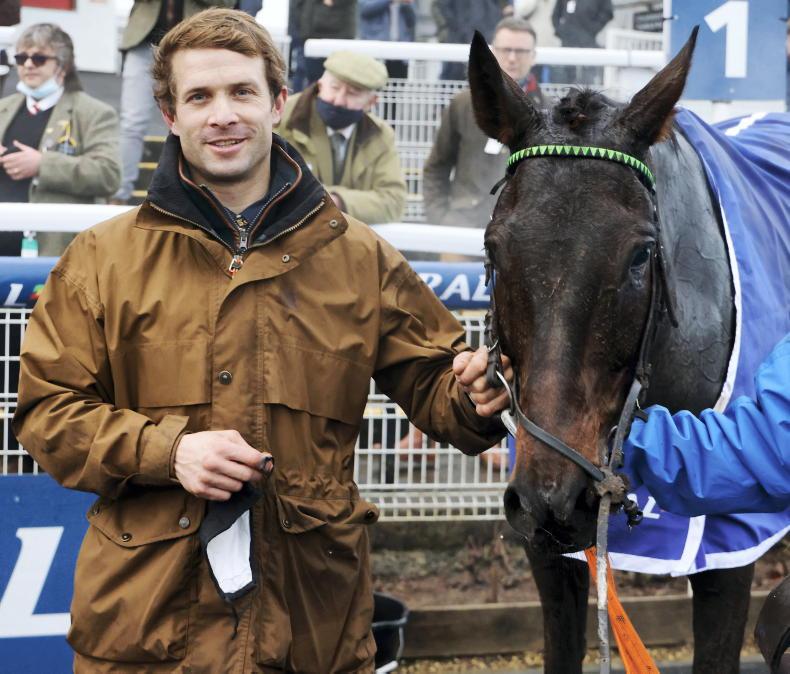

 This is a subscriber-only article
This is a subscriber-only article
 It looks like you're browsing in private mode
It looks like you're browsing in private mode




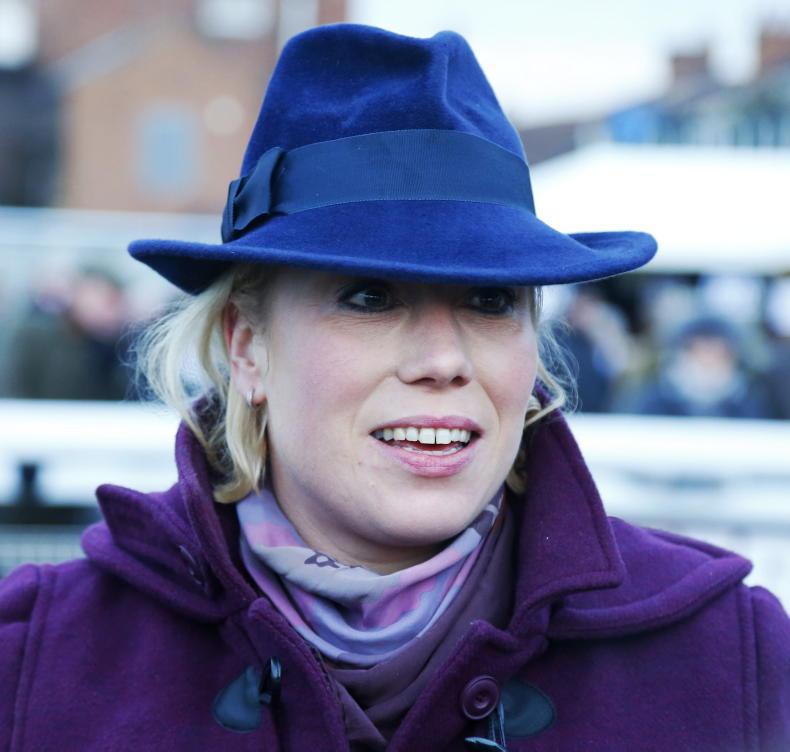

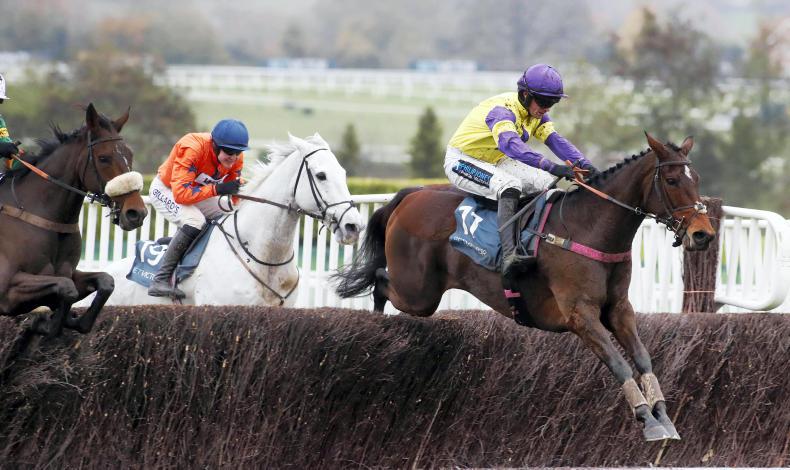


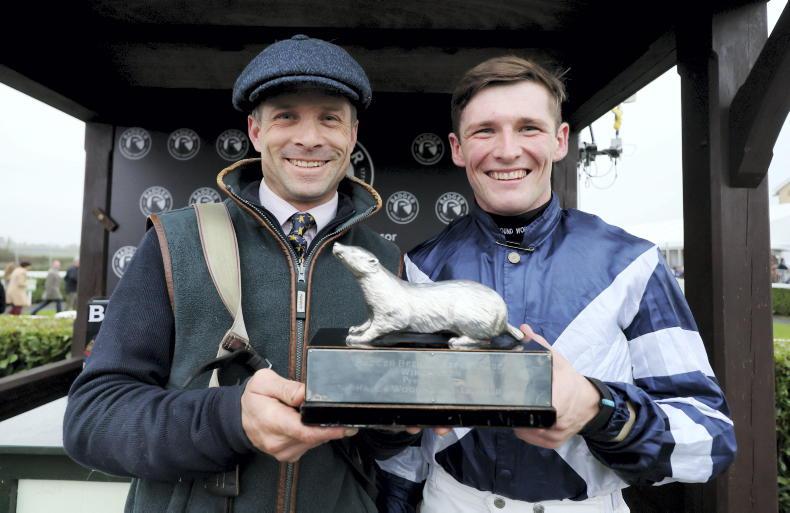
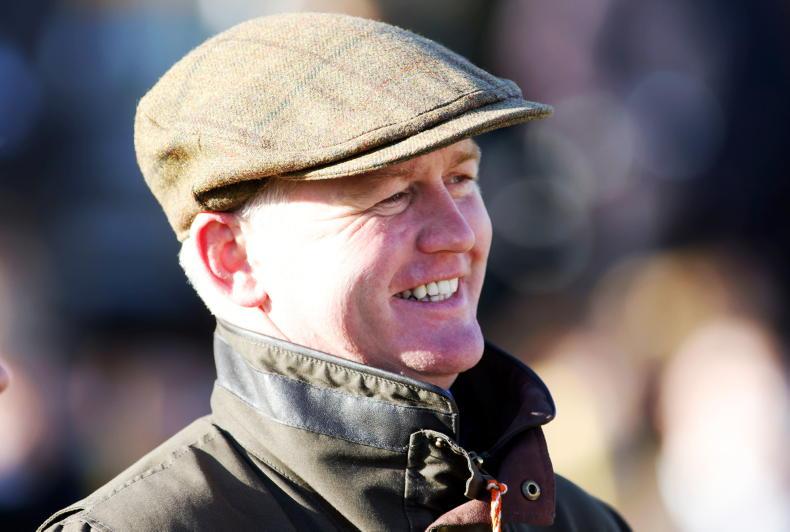
SHARING OPTIONS: